Doms of Varanasi make a living among the dead
Varanasi's cremation grounds
Situated on the banks of the Ganga, Varanasi is one of the holiest cities for Hindus. Pilgrims and visitors come from around the world to explore its temples and culture. The constant smell of burning camphor from the rituals performed at the temples and the sound of Indian classical music drifts through the city's streets.
1/7
Reuters
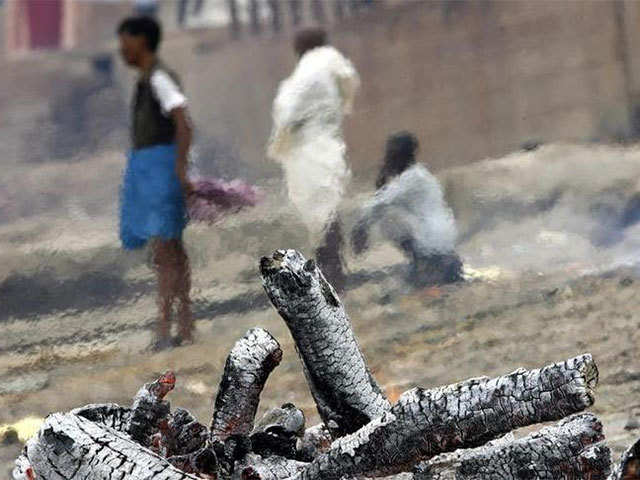
Death is the big attraction
Believers say that those who are cremated in Varanasi attain "Moksha", or freedom from the cycle of life and death. At the Harishchandra ghat, amidst a maze of burning pyres, 68-year-old Yamuna Devi watched a corpse arrive, wrapped in white cloth and covered with flowers.
Chanting the sacred prayer "Ram Naam Satya Hain" ("The name of Lord Ram is the truth"), the family members took the corpse towards the river Ganga, for one last dip before cremation. Devi tended to an oven in a temple at the ghat, getting the fire ready to cremate the body.
Chanting the sacred prayer "Ram Naam Satya Hain" ("The name of Lord Ram is the truth"), the family members took the corpse towards the river Ganga, for one last dip before cremation. Devi tended to an oven in a temple at the ghat, getting the fire ready to cremate the body.
2/7
Reuters
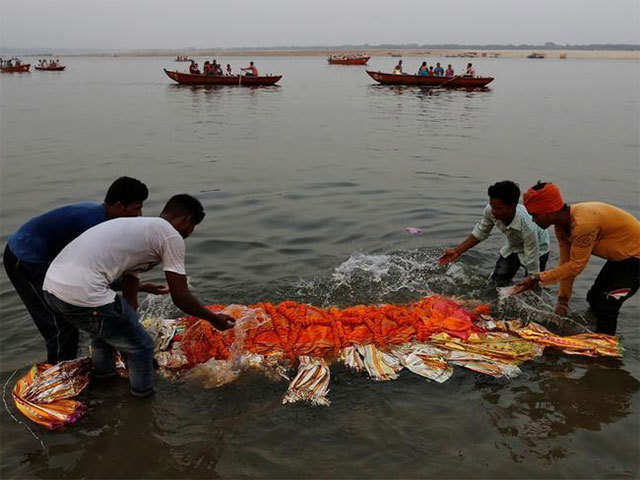
Life of a dom
Yamuna Devi is a Dom. Doms are the caretakers of the cremation grounds and the main keepers of the fire that lights the pyres. "One cannot enter the gates of heaven if their bodies are cremated without the presence of a Dom," said Devi. "But people only respect us when it’s time for death so we have made a life, living amongst the dead."
3/7
Reuters

Business of death
According to Hindu mythology, the Doms were cursed by Lord Shiva when a member from their community named Kallu Dom tried to steal an earring of the goddess Parvati. To gain forgiveness, they agreed to become the keepers of the flame.
Doms belong to the lowest ranks of the 'Dalits', themselves at the bottom of the Hindu caste system. Some are employed as farmers or weavers, but many earn their livelihood through the 'business of death'.
Doms belong to the lowest ranks of the 'Dalits', themselves at the bottom of the Hindu caste system. Some are employed as farmers or weavers, but many earn their livelihood through the 'business of death'.
4/7
Reuters
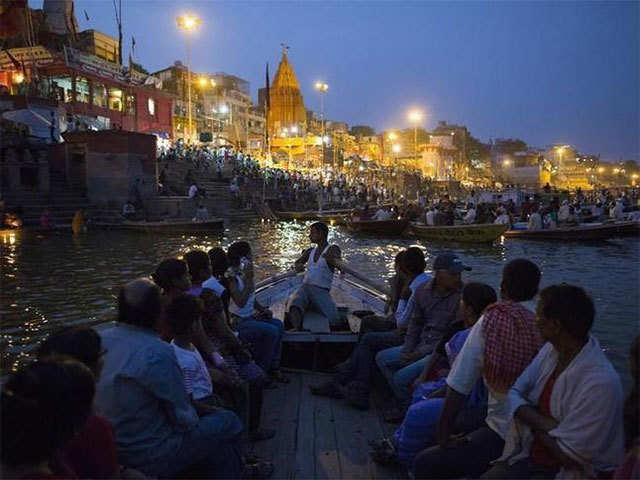
Burning ghats
Today, about 35 families from the community live around the town's main cremation grounds or "burning ghats" - Manikarnika ghat and Harishchandra ghat. These ghats cover an area of about 7 square kilometres each, lining the banks of the river. The smell of dead bodies and clouds of black smoke fill the air around these cremation grounds. Their proximity to the river is because of the religious importance of the Ganga in cremation rituals.
After the cremation process, Hindus release the ashes from incinerated dead bodies into the river, with the belief that the soul of the corpse will be cleansed.
After the cremation process, Hindus release the ashes from incinerated dead bodies into the river, with the belief that the soul of the corpse will be cleansed.
5/7
Reuters
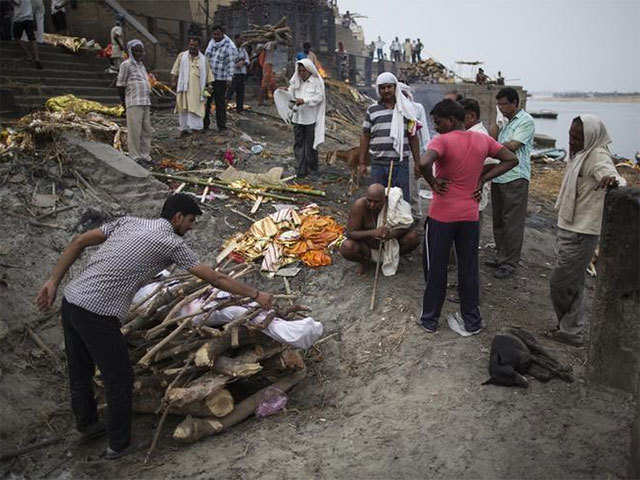
The earnings
Bodies are generally dressed in a white shroud and sacred ash called 'Vibhuti' is applied on the forehead. Flowers are also used to adorn the body. Typically, Doms will receive 20 to 50 bodies a day. "There are days when I earn just Rs 300 rupees and days when I've made more than Rs 6,000," said Dom Shyam Chaudhary.
"Once the corpse burns completely, the young children from the Dom family collect the clothes or jewels (of) the corpse and sell it in shops," said Dr K.K. Sharma, who has written a book on Varanasi and life in the cremation grounds. "Any wood and other materials which have not been used for the incineration are also sold or used in Dom households."
In 1998, the Municipal Committee of Varanasi got the Doms to charge a standard rate of Rs 100 for their work. But this did not last. In most cases, Doms charge people what they seem to be able to afford.
"Once the corpse burns completely, the young children from the Dom family collect the clothes or jewels (of) the corpse and sell it in shops," said Dr K.K. Sharma, who has written a book on Varanasi and life in the cremation grounds. "Any wood and other materials which have not been used for the incineration are also sold or used in Dom households."
In 1998, the Municipal Committee of Varanasi got the Doms to charge a standard rate of Rs 100 for their work. But this did not last. In most cases, Doms charge people what they seem to be able to afford.
6/7
Reuters
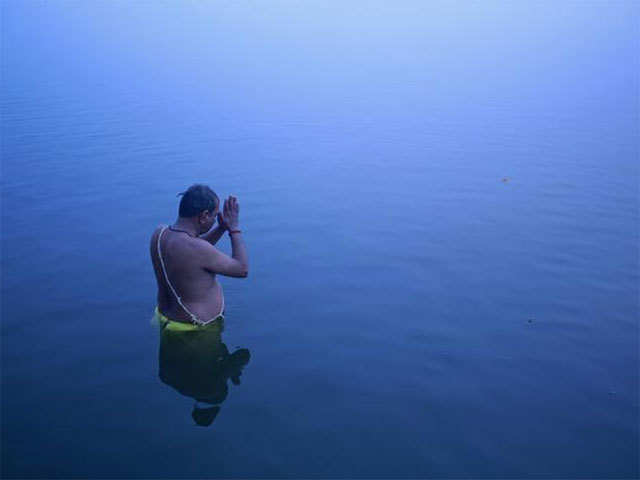
Serving the dead
Devi plans to continue to do things her way until she dies. "This job empowers me. I am often insulted for doing this job as a woman and a widow. But people don't realise that on a cremation ground, your gender, caste or marital status does not matter. I live with that belief and will continue serving the dead."
Text: Priyanka Shankar, Reuters
Text: Priyanka Shankar, Reuters
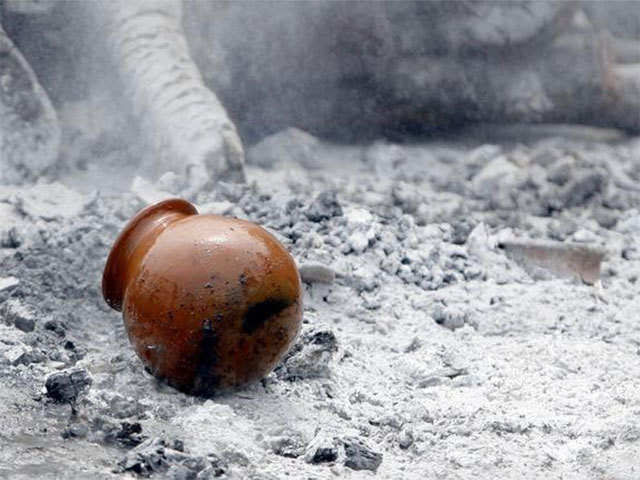
No comments:
Post a Comment